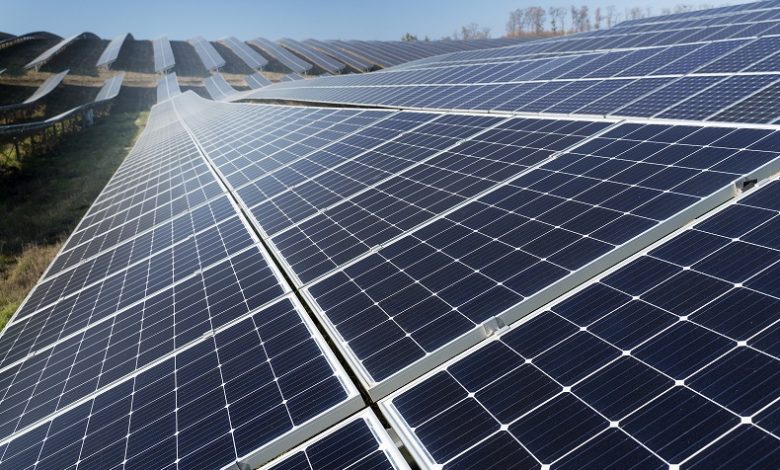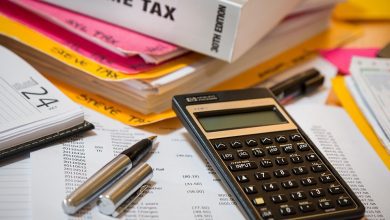

Ipoh is on track to become a low carbon city by 2030, and its green efforts have been recognised by the Ministry of Environment and Water as well as the Lions Club of Perak Silver State. The Ministry conferred its Low Carbon City Award 2021 upon the city council, while the club bestowed a Meritorious Award on the mayor for his excellent leadership in transforming Ipoh into a low-carbon walkable city.
It’s a feather in the cap for mayor Dato’ Rumaizi Baharin who is deep into tree planting, especially species that are capable of both high carbon dioxide absorption and oxygen release. Ipoh has a goal of achieving at least 45% carbon reduction by 2030.
But there is far more that Ipoh can do. What if the city were to go beyond tree planting and champion the generation of renewable energy to replace coal power, which makes up 59% of Malaysia’s power generation resource? No city can beat climate change on its own, independent of the national and global setting.
Last September-early October, you might have found the weather to be uncomfortably harsh and hot with temperatures in the shade at 350C. That would be due to the heightened levels of carbon dioxide (CO2) in the air. In 2021 it reached 416.45 parts per million (ppm), whereas for two million years prior to human civilisation it had held steady at 280ppm. This is an almost 50% jump.
Global warming began from the year 1760 at the start of the Industrial Revolution when coal began its run as a dominant fuel for the world. By 1840, atmospheric CO2 level had creeped up to 290ppm. Still no sweat. However in 1965 it reached 320ppm, a level that no human being, whether Sapiens or Neanderthal, had ever experienced.
In 2015, atmospheric CO2 breached the 400ppm mark. We have been adding 2ppm every year since then. This is not cool. In fact, humans are now like frogs submerged in a pot of water over a fire. Our ability to adjust is reaching the limit.
Coal is dirty concentrated carbon, and although there have been some attempts at capturing the CO2 emitted from coal burning and storing it underground, the technique is prohibitively expensive. Hence, UN Secretary General Antonio Gutteres prefers calling for coal-fired electricity to be eliminated worldwide by 2040.
With coal prices skyrocketing up to a level not seen in 13 years because of the war in Ukraine, it’s time for all nations including Malaysia to dethrone King Coal. The country has nine coal-fired power stations, and one of them is located in Manjung, southwestern Perak. This station consumes up to 15 million tonnes of coal a year.
Malaysia as a whole is a laggard in the green race. In the Climate Change Performance Index 2022, which analyses and compares climate change mitigation efforts across 60 countries with the highest emissions, Malaysia is rated Very Low for climate protection performance and occupies the 57th spot near the bottom.
As at 2020 our emissions per capita was 7.98 tons, punching 78% above the global average of 4.47 tons. Malaysia outstrips bigger Asian nations such as India, China, and Indonesia, and even smaller nations such as Singapore in per capita emissions. Our fiscal stimulus to develop alternative green energy sources is lower than the investments being made by nearby countries such as Thailand, Singapore, China, and Indonesia.
Fortunately, we are rejuvenating and the Government has committed to a target of 31% renewable energy installed capacity in 2025 and 40% in 2035.
As a tropical nation with abundant sunshine between spells of flood, we are geographically positioned to take a bold lead in generating renewable energy, and perhaps the cheapest is solar. It will be a crowning achievement for Dato’ Rumaizi if he can get Ipoh to go completely solar and become a zero carbon city by 2030.
Why the urgency? Two weeks ago, the Intergovernmental Panel on Climate Change warned that the world’s governments must immediately make a wholesale switch to carbon-free energy to have a shot at preventing catastrophic effects of climate change and retain any hope of avoiding a perilous future on an overheated planet.
Perak has made a jumpstart with the Ipoh City Council working alongside Tenaga Nasional Berhad (TNB)’s subsidiary GSPARX Sdn Bhd to install solar photovoltaic (PV) panels in council buildings such as the Perak Urban Transformation Centre, Perak Stadium, Indera Mulia Stadium, and Swimming Pool Complex.
The state also has a solar PV farm constructed by Pekat Group Bhd for Proton at its Tanjung Malim plant, and Pekat is also building a solar PV farm for power plant operator Sun Estates Sdn Bhd in Batang Padang.
But these six projects are certainly insufficient to reduce global warming. The whole of Ipoh should be turned into a gigantic solar power city to make an impact. It is achievable, as the cost of producing electricity from utility-scale solar photovoltaics has fallen by a massive 85% over the past 10 years.
All that is required is a change of financing model. Instead of waiting for individuals and corporations to make that tough decision whether to spend money on solar panels, the Ipoh City Council should decide for everyone. Get the State Assembly to pass a law authorising the council to use any rooftop in the city to install solar panels, free of charge.
These would include the rooftops of schools and universities, commercial buildings, factories, warehouses, shopping malls, shop offices, terrace houses, apartments, and condominiums. Any such law must stipulate that TNB and its financing partners lease all the solar PV panels to the city council at nominal charges of perhaps RM1 per panel.
Exempted from capital expenditure, the city council can easily afford to spend on the installation works, system maintenance, and make-good cost of any rooftop damage. Imagine a global cooling row of solar panels decorating every stretch of terraced housing roofs linked from one end lot to the other. Every building with a sizable rooftop surface that isn’t occupied for water storage or garden plants should be utilised for solar panels.
Who should own and hence pay for all these solar panels? Tenaga Nasional Berhad and its financing partners. It’s heavy investment, but the returns on investment stretch into the distant future. The electricity produced goes into the TNB national grid, and monthly bill settlements by consumers can be used to pay bank loan instalments or dividends to financing partners.
With a resolute move away from carbon, will our coal power stations become stranded assets as they have easily another 25 years of their lifetimes to go? We can phase them out over the years by co-firing ammonia with coal to reduce CO2 emissions, in a 50-50 blending share. Ammonia is a flammable nitrogen-hydrogen substance with no carbon.
Challenging times call for daring never-before-tried solutions. Will the Ipoh City Council power up and take a bold lead ahead of all other cities in the world?
Disclaimer: The views and opinions expressed in this article are those of the author and do not necessarily reflect the official policy or position of Ipoh Echo


